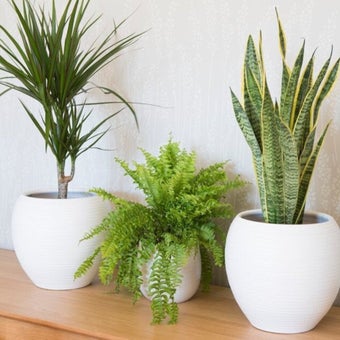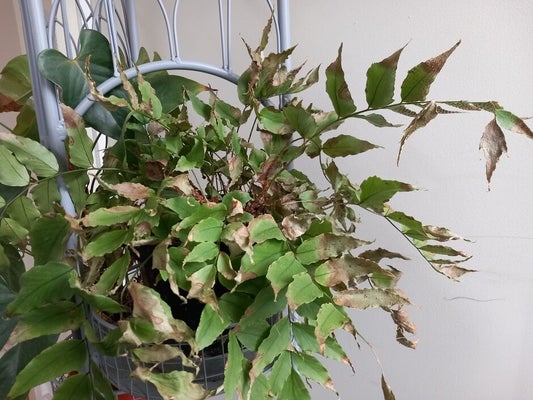
Quick facts
Wilting, yellowing or browning, leaf drop and poor flowering are all common symptoms of a poorly plant
Problems often arise in winter, due to overwatering, poor light or dry air
Most houseplants recover quickly once a problem has been spotted and rectified
Getting started
Plants don’t naturally live indoors and houseplants are simply tender, often tropical, plants that we grow inside. Yet our homes can be quite challenging environments for them, with dry air, limited natural light and often irregular watering. So, it’s no wonder that most of us will have had a poorly houseplant at one time or another.
In the vast majority of cases, problems with our houseplants can be resolved by simply tweaking the growing environment and the care we give them. To do this, it’s firstly important to understand why a plant isn’t thriving by taking a closer look.
What you’ll need to give your plant a health check:
- Gloves
- Secateurs
- Hand lens or magnifying glass
- For reference: the plant’s label, RHS Find a Plant or a good houseplant book
Top Tip
If you have a large collection of houseplants, it’s a good idea to separate a poorly one from the rest, until you have worked out and treated the problem.
How to spot a poorly plant
Work out what’s wrong with your plant in ten easy steps:
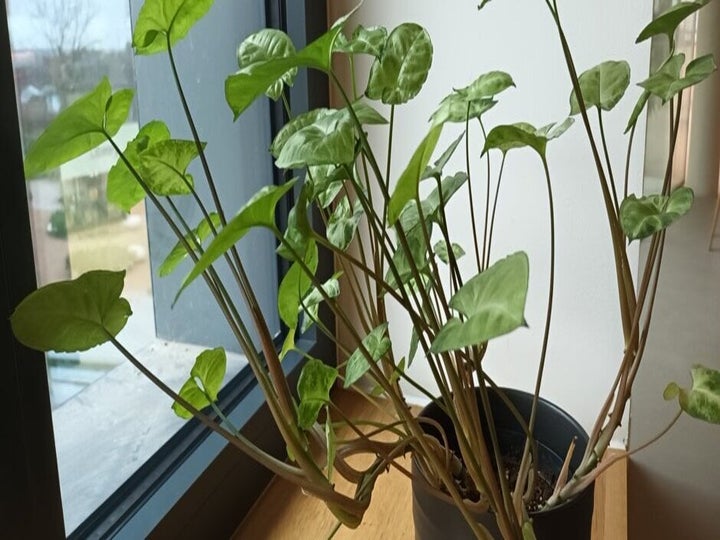
- Check there’s enough light Weak, spindly growth, pale leaves and poor flowering are all signs that a plant isn’t getting enough light. You might also see lower leaves turning yellow and falling. plants kept in a shady spot will often revert to green.
Bear in mind that over winter, when sunlight is weaker, houseplants should be kept near south- or west-facing windows. Wiping dust off leaves allows more sunlight to reach the leaf surface.
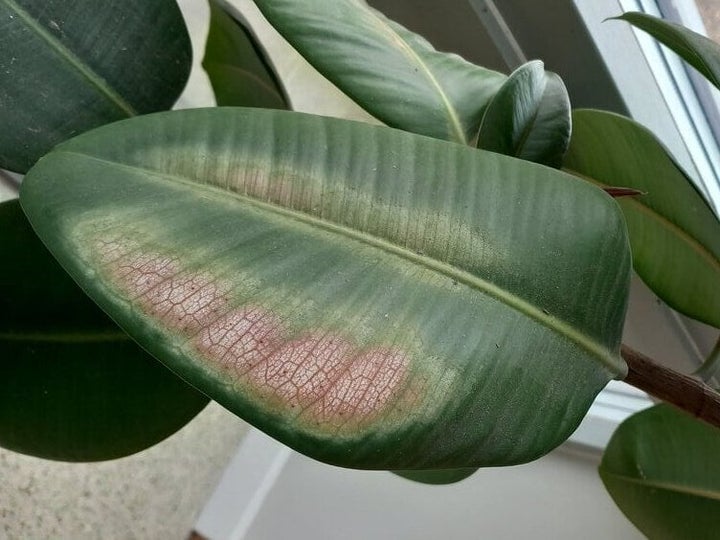
- Check for too much light Strong, direct sunlight, such as from a south-facing window in summer, can cause brown scorched patches on leaves and give them a washed-out appearance.
Shrivelled leaves on shade-loving plants are also a sign that the position is too sunny. On variegated leaves, sun scorch is more likely on the paler sections of leaf.

- Check there’s enough water Wilted leaves, brown and crispy leaf edges and flowers that fade or fall quickly are all signs that a plant isn’t getting enough water. Unlike with overwatering (below), older leaves at the base of a dry plant will often yellow and fall first.
Insert your finger into the to check how moist it is a few centimetres down. If you can’t detect any moisture, your plant likely needs a more regular drink.

- Check for too much water Overwatering can also cause wilting, and it’s easy to mistake this for a lack of water and drown a plant, especially over winter when growth slows. Lift your plant out of its pot to see if water has collected in the base, tipping away any excess.
Other signs of overwatering include old and new leaves yellowing and dropping at the same time, browning in the middle of leaves, mouldy patches on leaves and flowers, stem rot and dark, mushy roots. Regular overwatering can lead to oedema and whole plant collapse.
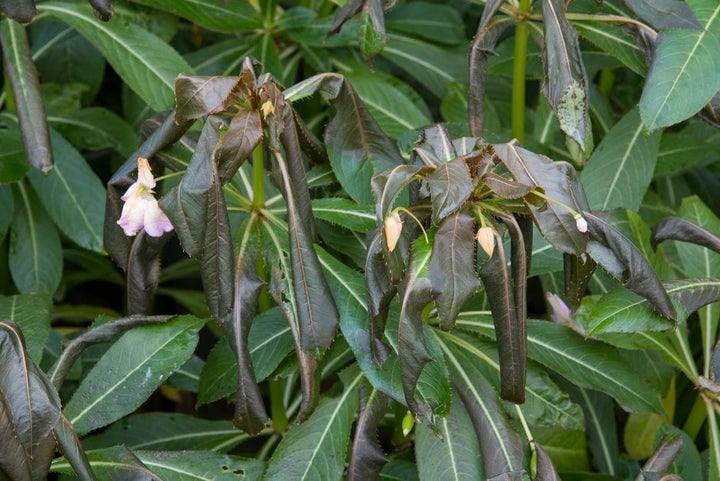
- Check the temperature Consult the plant’s label, RHS Find a Plant or a good houseplant book to check the specific temperature requirements of your plant, and consider if that’s what it’s getting.
Leaves wilting, rolling, bleaching and going crispy suggest a plant is suffering from heat stress – common in very hot rooms like conservatories in mid-summer. Blackened leaves, leaf droop and whole plant collapse are symptoms of cold damage – commonly seen in unheated rooms, like porches, over winter.
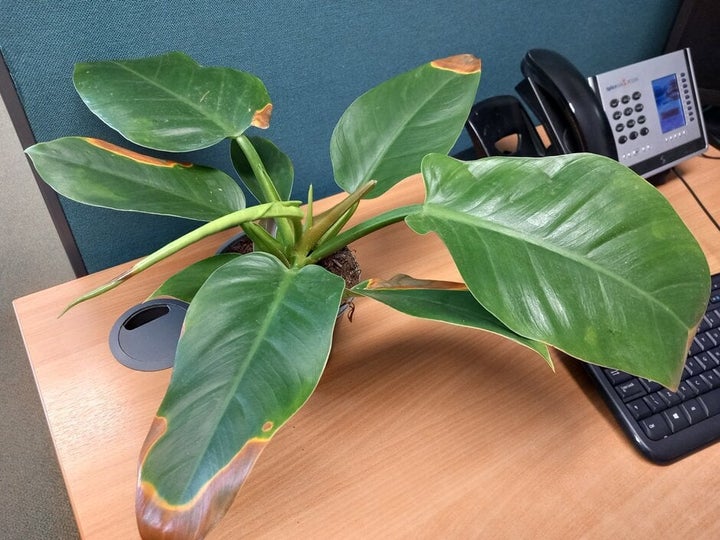
- Check Low air humidity (dry air) is a common cause of problems on foliage houseplants, especially over winter when the heating is on. You might see shrivelled, crispy leaves with brown tips and edges, plus early dropping of leaves, and flowers.
Grey mould on leaves and flowers, and stem rots on cacti and succulents, are signs the air is too moist, which is common in bathrooms.

- Check for nutrient deficiencies Houseplants are often grown in the same pot for years and will quickly use up all the in their compost. If growth seems lacklustre and flowering is poor, your plant may need repotting or feeding to give it a boost. Watering with tap water if you live in a hard water area can also lead to deficiencies.
See our guide to nutrient deficiencies for more help.

- Check for insects Visible to the naked eye but more easily seen with a hand lens or magnifying glass, -sucking insects such as mealybugs, scale and glasshouse red spider mite can affect a plant’s appearance and vigour. Small numbers can be easily wiped off, but you may need to treat larger infestations to stop them spreading.
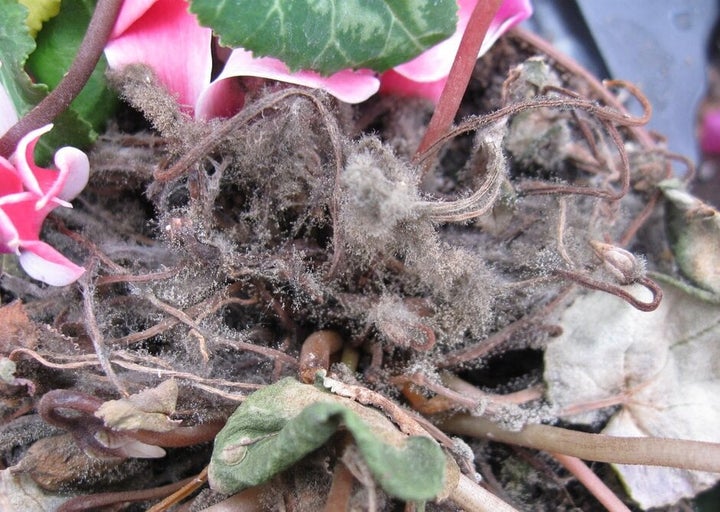
- Check for disease Houseplants can suffer from various diseases that affect their leaves, especially where is poor. A fuzzy, grey-brown covering on stems, leaves or flowers suggests grey mould is the problem. A white dusting on leaves suggests powdery mildew, and dark spots with yellow margins suggests a fungal leaf spot. Houseplants can also suffer from viruses.
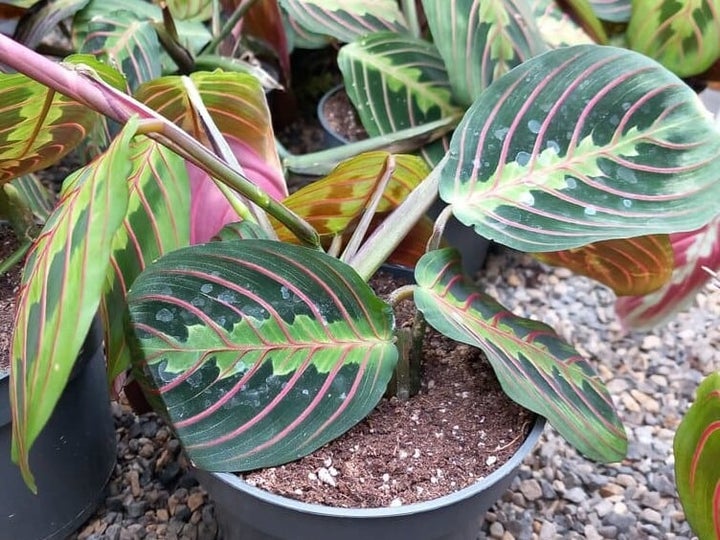
- Consider the growing environment Plants kept near direct sources of heat, like radiators, often suffer scorched leaves, while draughts can cause leaf yellowing and dry leaf edges. If curtains are drawn on cold nights, plants on windowsills can suffer due to cold air being trapped between the window and curtain.
Pale spots are commonly caused by cleaning products and aerosols landing on leaves, while overhead watering with (hard) tap water can leave noticeable calcium deposits.
Helping your poorly plant
Once you have identified the problem, make adjustments to your care regime.
This might include increasing or decreasing watering, moving your plant to a sunnier, shadier, warmer or cooler spot, increasing , repotting, feeding or treating a pest or disease problem. Sometimes it takes a combination of these to see a positive change. See our guide to growing houseplants for further advice.
Cut off any mouldy, shrivelled, completely brown or completely yellow leaves with secateurs, as these won’t recover. But, leave any that are predominantly green until the plant has produced a fresh flush of leaves, or you could delay recovery.
Our Houseplant 101 video series is a great place to get practical guidance on caring for your houseplants.





